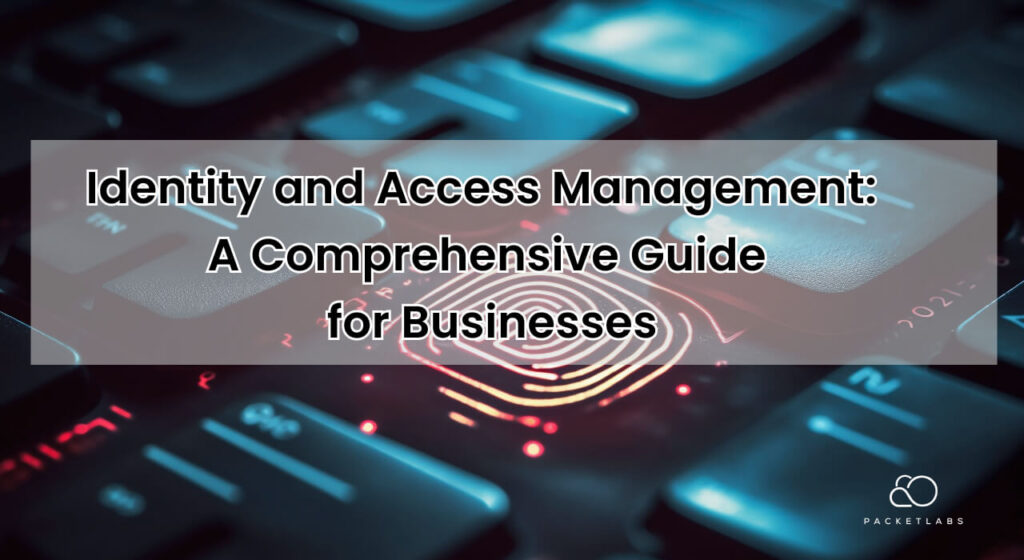
In the dynamic world of digital business operations, the significance of Identity and Access Management (IAM) has never been greater. IAM refers to the policies, processes, and technologies that organizations use to manage digital identities and control user access to critical information within their systems. This guide aims to provide Australian businesses with an in-depth exploration of IAM, highlighting its benefits and the necessity of regular assessment and improvement.
Understanding Identity and Access Management
1. Definition and Scope
IAM encompasses the tools and policies that ensure the right individuals have access to the appropriate resources at the right times for the right reasons.
2. Components of IAM
It includes a range of practices like user identity verification, access rights, user lifecycle management, and audit.
3. Evolving Landscape
The Australian business environment is continually evolving, making the role of IAM crucial for maintaining security and compliance in a digital world.
The Benefits of IAM for Businesses
1. Enhanced Security
By managing who has access to what, IAM reduces the risk of data breaches and cyber-attacks.
2. Regulatory Compliance
IAM helps businesses adhere to Australian privacy and data protection laws, such as the Privacy Act 1988 and the Australian Privacy Principles (APPs).
3. Improved User Experience
Effective IAM solutions streamline access processes, improving efficiency and user satisfaction.
4. Reduced IT Costs
Automating access control reduces the burden on IT staff and cuts down on operational costs.
The Need for Regular Assessment and Improvement
1. Adapting to New Threats
The cybersecurity landscape is constantly changing, necessitating regular updates to IAM strategies.
2. Ensuring Operational Efficiency
Regular assessment helps in identifying and rectifying inefficiencies in the IAM processes.
3. Staying Ahead of Technological Advancements
As new technologies emerge, businesses must reassess their IAM strategies to ensure they remain effective and relevant.
Best Practices for IAM in Australian Businesses
1. Implement Multi-Factor Authentication (MFA)
MFA adds an additional layer of security, making it harder for unauthorized users to gain access.
2. Regular Policy Review and Updates
Continuously update and refine IAM policies to reflect new challenges and changes in the business environment.
3. Employee Training and Awareness
Educate staff about the importance of IAM and their role in maintaining security.
4. Partner with Reputable IAM Solution Providers
Work with established providers who understand the specific needs of Australian businesses.
For Australian businesses, Identity and Access Management is not just a technology issue but a cornerstone of modern cybersecurity strategy. It plays a vital role in protecting sensitive data, ensuring compliance, and enhancing operational efficiency. Regular assessment and continuous improvement of IAM practices are essential in a rapidly evolving digital landscape, ensuring businesses stay secure, compliant, and ahead of the curve.
